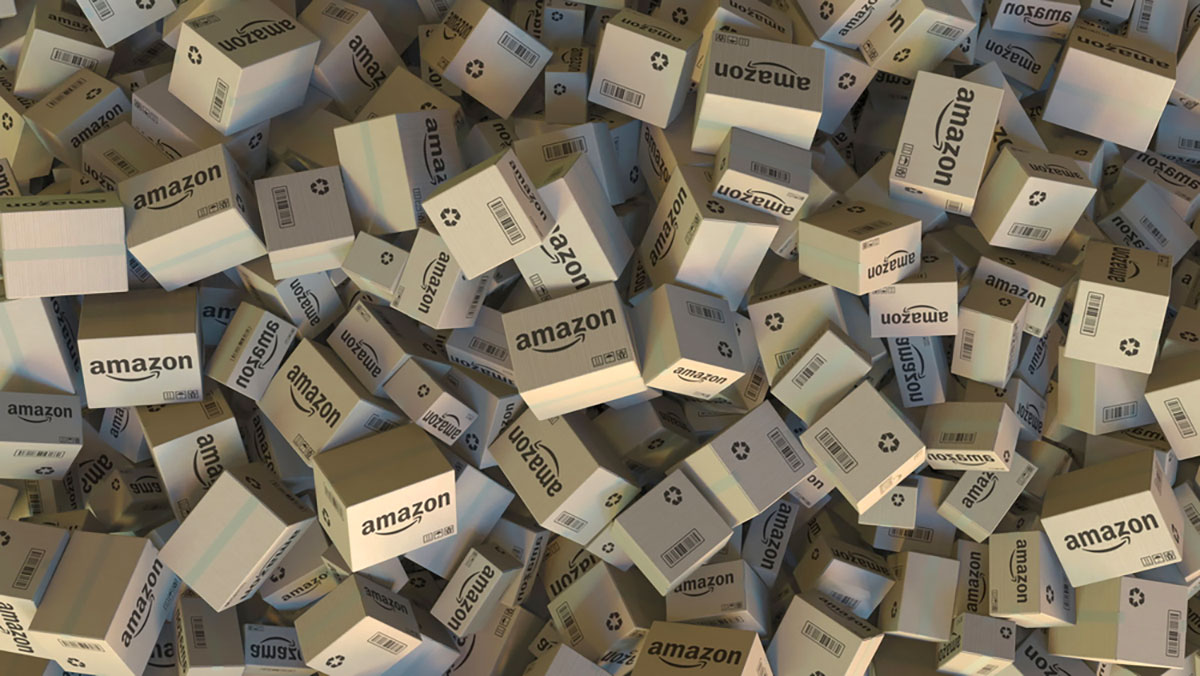It’s a case of foot traffic beating road traffic. By expanding its agreement to receive returns from Amazon.com, Kohl’s is helping resolve what most online merchants are grappling with today: an investment in returns that is becoming too big, and bulky, to accept.
The two merchants announced in late April that Kohl’s would begin taking Amazon returns at all of its 1,200 locations, after testing the service at 100 stores. Kohl’s explained the option as one way to increase foot traffic, but for Amazon the agreement addresses a burgeoning issue that is estimated to cost e-commerce retailers nearly $550 billion. And that speaks nothing of the cost to the environment.
At least 30% of all items purchased online are returned, according to research by brand consulting firm Invesp. Shoppers are increasingly less willing to pay for those returns, forcing digital retailers to cover the cost.
But retailers must satisfy their profit-seeking shareholders as well, so they’re finding ways to offset those shipping fees, from less-liberal return policies to partnering with brick-and-mortar brands.
The Returns In Store — 60% Are For Them
Even monster-sized Amazon can be brought to its knees by return obstacles.
Nearly half of shoppers said they’d more likely purchase the same item, for the same price, from a physical merchant than from Amazon, according to research by the company Happy Returns, which operates a network of “return bars” that process online orders. More than one-third of shoppers said they’d opt for Amazon Prime — because they are members, meaning free shipping (for the shopper, not for Amazon).
Exacerbating the dilemma is the sheer growth of online orders, which contributes to more returns:
- More than 27% of apparel sales in 2017 were made online, compared with 23.5% in 2016, reports the firm Internet Retailer.
- Online purchases of household items rose 38% from 2018 to 2019, according to Valassis, a marketing company specializing in direct mail and couponing. Online purchases of healthcare and beauty products rose 40%.
- Many of those items took a roundtrip: More than half of shoppers surveyed said they had returned an online purchase within the previous year, according to Happy Returns.
But free shipping is not the shopper’s first choice: 62% are more likely to shop an online retailer if they can return items in-store, Invesp reports.
The Earth Wants You To Keep It: Boxing Out Emissions
The brick-and-mortar return option resolves not only the financial ramifications of shipping rejected purchases, but the environmental ones.
Online returns are usually shipped in medium to large trucks, which make up nearly 25% of the carbon footprint caused by transportation. In 2016, transportation took over power plants as the leading producer of carbon dioxide emissions.
Returned items are shipped from locale to locale, one to three times each, resulting in 12 million metric tons of carbon dioxide in 2015, according to the most recent research by Optoro, a logistics company focused on returns. That is the equivalent of more than 2.5 million passenger vehicles driven for one year.
Shoppers may prefer to purchase from retailers that are environmentally conscious, but they may need help understanding the role their own returns play in contributing to pollution.
4 Root Causes Of Returns
For these reasons — economic and environmental — retailers are finding ways to reduce the extent of returns. Some are partnering with companies such as Happy Returns, which in April announced an $11 million investment lead by PayPal’s venture capital arm. Others, including Amazon and Kohl’s, are working together to set up central return locations.
It’s a good first step. However, while these efforts will help reduce the financial and carbon footprints of returns, real change requires addressing the root cause of the issue: diminishing the chances that shoppers will receive something they don’t want.
To do this, retailers can examine their online browsing and purchase data to identify the consumer behaviors that contribute to returns and head them off:
1. Seek out habitual buy-and-return shoppers.
By limiting the number of free returns in a given period (say, two free returns a month), retailers can encourage shoppers to rethink knee-jerk purchases.
2. Right-sized imagery.
This seems like a no-brainer, but lots of online retailers lack images that display the goods in the context of their surroundings (a purse on a shoulder, a watch on a wrist, head-to-toe models with height/weight provided). Written dimensions are helpful, but shoppers won’t necessarily get out a measuring tape.
3. Sell the environmental aspect.
Retailers could spell out to shoppers that while shipping is free to them, it is not free to Mother Earth. Much like hotel rooms that suggest skipping daily laundry, online merchants can suggest shoppers combine orders into bi-weekly or monthly shipments.
4. Sell the experience of something different.
Online merchants can partner with high-traffic destinations, such as movie theaters, health centers and even college campuses, to set up return kiosks that bulk-ship returns, meaning no required packaging from the shopper.
Kohl’s and Amazon, by partnering, are addressing some of these root causes. They may never get to the point of no returns, but if they continue to follow the shopper, they may realize the profit of diminishing ones.
Bryan Pearson a Featured Contributor to The Wise Marketer and is the President of LoyaltyOne, where he has been leveraging the knowledge of 120 million customer relationships over 20 years to create relevant communications and enhanced shopper experiences.
This article originally appeared in Forbes. Be sure to follow Bryan on Facebook and Twitter for more on retail, loyalty and the customer experience.


